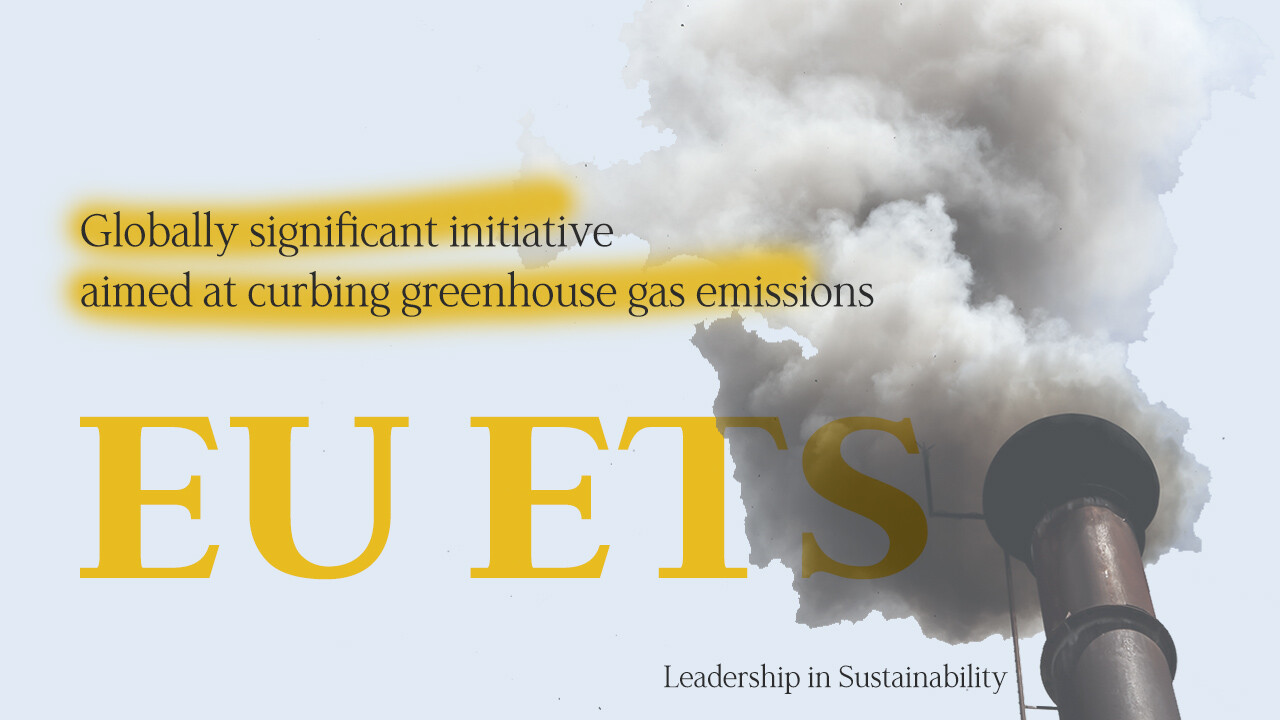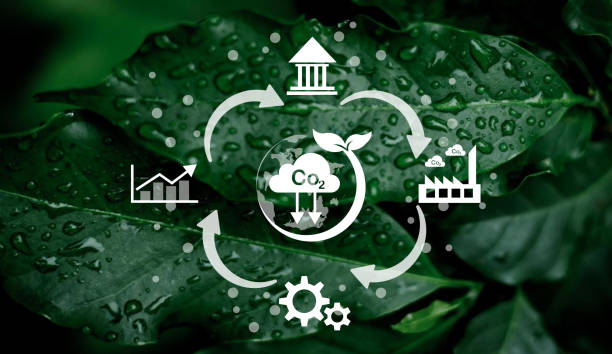Carbon Credits

What are Carbon Credits?
Compliance vs. Voluntary Markets
Compliance carbon credit registries

European Union Emissions Trading System (EU ETS):
The EU ETS is the largest and most established carbon market, covering sectors like power generation, industry, and aviation within the 27 EU member states plus Iceland, Liechtenstein, and Norway. It has been operational since 2005 and plays a significant role in the global carbon market (Carbon Credits).

California Cap-and-Trade Program
This program is managed by the California Air Resources Board (CARB) and covers sectors such as electricity generation, industrial processes, and fuel distribution. It includes specific offset protocols for projects like livestock, mine methane capture, and ozone-depleting substances (California Air Resources Board).

Chinese National ETS
Launched in 2021, the Chinese National ETS is the world's largest carbon market by volume. It initially focuses on the power sector but aims to expand to other industries. The system is built upon successful regional pilots that started between 2013 and 2016 (Carbon Credits).

CORSIA (Carbon Offsetting and Reduction Scheme for International Aviation):
Managed by the International Civil Aviation Organization (ICAO), CORSIA requires airlines to offset emissions that exceed a baseline level through approved carbon credits. The scheme includes several approved standards like the American Carbon Registry, Climate Action Reserve, and Verra's VCS program (Carbon Credits).
EU Emissions Trading System (EU ETS)

Key Features of the EU ETS:
- Cap-and-Trade System :- A declining cap on emissions ensures overall reductions, while trading allows for flexibility and cost-efficiency.
- Sector Coverage: Includes energy-intensive sectors such as power generation, manufacturing, and intra-European commercial aviation
- Market Stability: Mechanisms such as the Market Stability Reserve (MSR) help address the surplus of allowances and improve the system's resilience to shocks
- Innovation Support: Revenues generated from the auctioning of allowances support investments in renewable energy, energy efficiency, and other low-carbon technologies through funds like the Innovation Fund and the Modernisation Fund
The EU ETS is a crucial tool for the EU to meet its climate targets under the Paris Agreement, aiming to cut greenhouse gas emissions by at least 55% by 2030 compared to 1990 levels and to become climate-neutral by 2050. By putting a price on carbon, the EU ETS incentivizes businesses to innovate and invest in cleaner technologies, fostering a transition to a sustainable and low-carbon economy.
For more detailed information on how the EU ETS operates and its role in the EU’s climate policy, visit the EU Emissions Trading System (EU ETS) webpage
How Carbon Credits Work
Carbon credits are generated by projects that reduce or remove greenhouse gas emissions. These credits can be traded, sold, or retired to meet compliance obligations or achieve sustainability goals.
Benefits of Carbon Credits
- Mitigate climate change by reducing greenhouse gas emissions
- Enhance corporate sustainability profiles.
- Generate additional revenue for emission reduction projects.
Key Features of the EU ETS:
- Cap-and-Trade System: A declining cap on emissions ensures overall reductions, while trading allows for flexibility and cost-efficiency.
- Sector Coverage: Includes energy-intensive sectors such as power generation, manufacturing, and intra-European commercial aviation.
- Market Stability: Mechanisms such as the Market Stability Reserve (MSR) help address the surplus of allowances and improve the system’s resilience to shocks.
- Innovation Support: Revenues generated from the auctioning of allowances support investments in renewable energy, energy efficiency, and other low-carbon technologies through funds like the Innovation Fund and the Modernisation Fund.
How Carbon Credits Work
Benefits of Carbon Credits
- Mitigate climate change by reducing greenhouse gas emissions.
- Enhance corporate sustainability profiles.
- Generate additional revenue for emission reduction projects.
